What is LCL Shipping and How Does It Work?
With LCL shipping, a single shipping container carries goods from several shippers at the same time. With this method, businesses can move small international shipments without biting off the whole expense of a container. LCL shipping gathers cargo from different suppliers at the start port, ships this cargo as one unit and then distributes it individually to each shipper at the intended destination port.

Freight forwarders pick up cargo from different shippers and bring it to a Container Freight Station (CFS) to combine the shipments. Logistics teams are responsible for putting different items into a container, separating them and ensuring that the paperwork is handled correctly. When the container arrives at the destination port, it is deconsolidated and every shipment is individually prepared for handover to the right consignees.
Key Benefits of Choosing LCL Shipping for Your Business
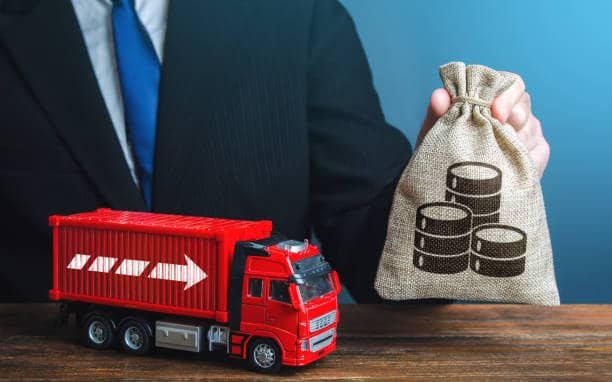
Businesses that don’t have enough goods for a container find many advantages in LCL shipping. The most important point is that freight charges are lower, since shippers are charged only for the part of the container occupied by their goods. That’s why smaller businesses can now take advantage of ocean freight which was previously not affordable.
Flexibility is a strong advantage because companies can send their goods often in small chunks, rather than having to stack them up to fill a full shipping container. Using this approach helps manage cash flow better and keeps inventory costs down. LCL shipping makes it possible for businesses to reach worldwide markets with less initial inventory, so testing out markets is less risky.
LCL vs FCL Shipping: Understanding the Key Differences
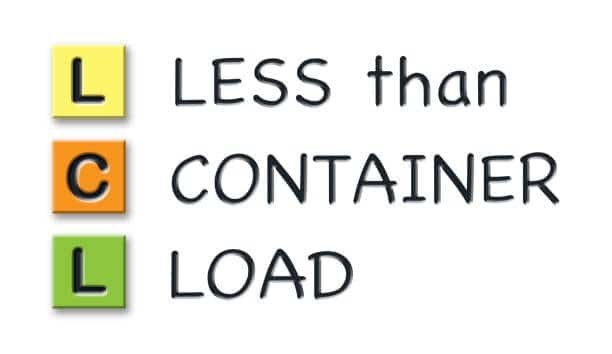
The main difference between LCL (Less than Container Load) and FCL (Full Container Load) is how the containers are used. A FCL shipment means a single shipper gets the entire container, whereas LCL is when several shippers share the container space. FCL usually offers extra security since the container is used for only one shipper’s goods which helps prevent handling risks and possible damage.
when transit times matter, it’s usually faster to use FCL because containers do not have to be put together or taken apart during shipping. Nevertheless, LCL works out to be more cost-saving when handling shipments that are only 15 cubic meters or less. FCL reduces costs on larger volumes since you benefit from lower prices per unit when the container is maximized. Shipment size, when it is needed, budget and what must be secured determine whether to use LCL or FCL.
How LCL Shipping Costs Are Calculated
Revenue ton is used to determine LCL shipping costs which take into account the heavier of weight or volume. First, freight forwarders check the dimensions and weight of the goods and afterward they apply rates according to a unit of measure. Other fees may appear for handling the cargo at origin and destination, preparing paperwork, getting customs approval and paying for storage if the goods are kept at the terminal beyond free time.
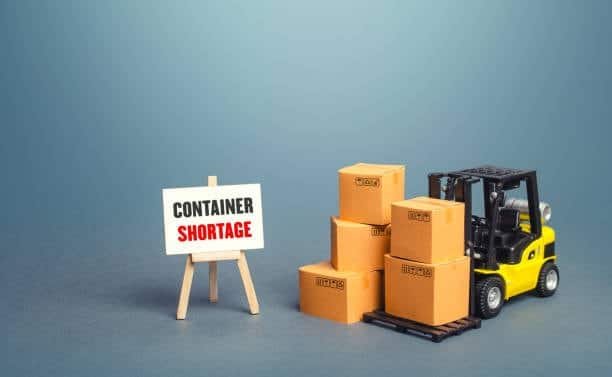
Several things influence the price of LCL such as the most popular trade routes, seasonal trends in demand, changes in fuel charges and how busy ports are. Rates are usually higher during the peak season, whereas routes that are not very popular may not schedule many sailings but might be cheaper. Shippers should factor in expenses for getting their goods from their location to the port and from the arrival port to the final Delivery point.
Essential Documentation Required for LCL Shipments

Successful LCL shipping depends on having good documentation in place, including import customs clearances lcl freight. The leading document is the House Bill of Lading (HBL) issued by the forwarder which states that goods have been taken for transport and serves as a contract for the carriage container load lcl. Traders should also identify the Master Bill of Lading (MBL) which covers the entire consolidated container viewed by the shipping line ocean shipping.

Information like the descriptions, values and sale terms of goods must appear on commercial invoices for customs clearance smaller shipments
. Packing lists show every item being shipped, its weight and its measurements. Depending on the cargo and its destination, extra paperwork could be the certificate of origin, inspection certificates, import licenses and controlled goods permits.
Common LCL Shipping Routes and Transit Times
The most common LCL shipping routes go from Asia to Europe, from Asia to North America and from Europe to North America shipping solution. Delivery times depend mainly on the route, the load the port is handling and how often the boats come lcl service. The average journey time for Asia to Europe is 25-35 days and Asia to North America is 15-25 days lcl container.

There are more LCL possibilities in Africa, South America and Southeast Asia, yet deliveries may take more time and services are not as regular. The timing of the season, the weather and a crowded port can all affect the actual time cargo is in transit. Shippers should plan extra time into their supply chain to handle possible delays in LCL shipping shipping fcl.
Packaging and Labeling Requirements for LCL Cargo
Every LCL package must be well protected because it changes hands many times during the combined and uncombined stages. Packages must be strong enough to handle the stress of shipping internationally such as being stacked, changed temperatures and varying humidity air shipping. Packages loaded onto pallets usually are safer and receive more careful treatment.
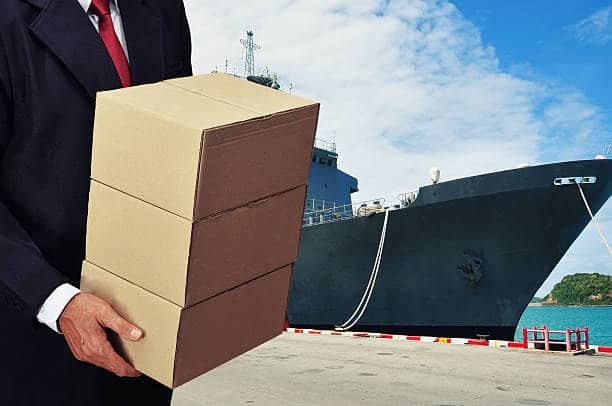
Giving each package clear details about its place of delivery, acceptable handling and any hazardous substances means it is handled safely everywhere along the journey air cargo. Clear and waterproof labels should be attached easily to the package. You should add special signs and add additional packing for fragile objects palletized cargo. When items are well marked, it becomes much easier to sort them properly and prevents their accidental delivery to the wrong party cargo volume.
Insurance Options and Risk Management in LCL Shipping
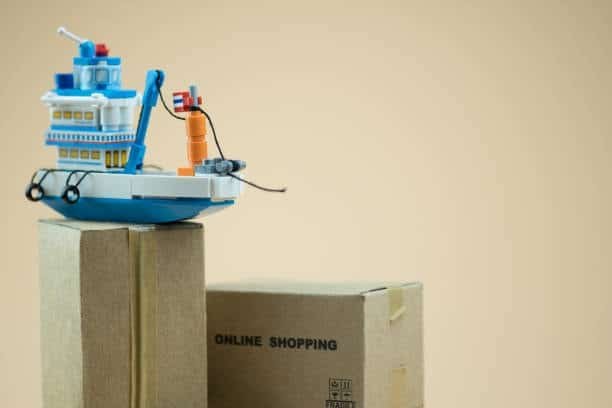
LCL shipping is made safer by having cargo insurance in place. Whatever carrier liability coverage is offered is usually too low to cover the full worth of your items. Extensive marine insurance policies protect you from numerous risks such as theft, damage and overall costs from general average activities.
Potential issues in LCL shipping are higher handling chances, the chance of cargo contamination from freight mixed with it and dangerous delays on transit. Evaluating how much risk you can stand and the worth of your goods helps you pick suitable coverage for your insurance air freight. Choosing freight forwarders who care about warehouse and operation procedures reduces many risks involved.
Technology and Tracking Solutions for LCL Shipments
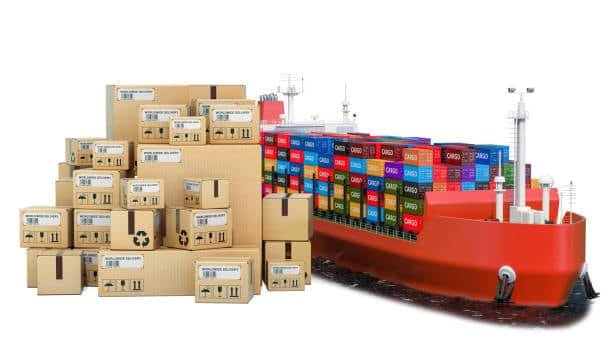
By using advanced technology, LCL shipping allows stakeholders to see where everything is at every step. With GPS tracking, every container’s movements are tracked and online platforms support booking, handling documents and supervising shipments. A lot of freight forwarders provide online platforms for shippers to check their cargo and be notified automatically shipping route.
With the help of EDI, there is less paperwork and fewer delays when communicating between shippers, freight forwarders and customs officials. Apps for mobile devices let you handle shipments wherever you are and blockchain technology is bringing more visibility and less fraud to the supply chain.
Customs Clearance Process for LCL Imports and Exports
LCL shipments require specific customs clearance steps because they are made from several smaller containers. Usually, import customs clearance happens after goods are deconsolidated and each shipment can be handled on its own. Using the correct Harmonized System (HS) codes is necessary for proper duty calculation and to comply with regulations.
Before ships can leave, export declarations must be filed and the rules of the origin country must be followed. Some countries expect shipping documents to be submitted before products arrive, so excellent teamwork is important between shippers and freight forwarders. Delays and extra fees could occur if there are discrepancies with documents when items are being examined at customs.
Best Practices for Successful LCL Shipping Operations
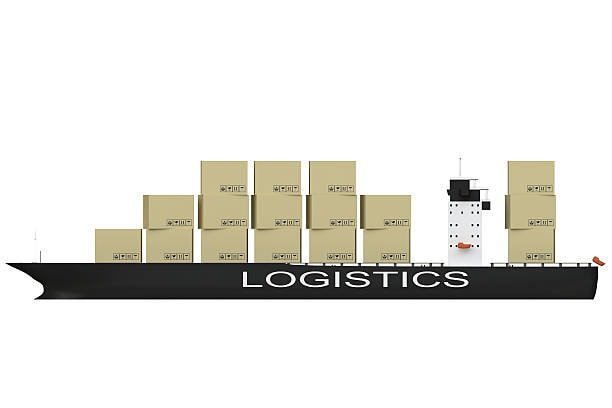
LCL shipments are successful if every detail is carefully planned in advance. Properly listing cargo details, weight and dimensions helps avoid arguments and saves time for customs. Building trust with reliable freight forwarders who have regular LCL services for your trade lanes helps get top service and reasonable rates.
Speaking with others is important every step of the way, making sure you receive proactive alerts about any shifting cargo information, current delivery conditions or different handling needs. Correct packaging and labeling protect your products and help with easy handling. Being aware of the rules and regulations of the importing country prevents delays and extra costs.
Environmental Impact and Sustainability in LCL Shipping

LCL shipping is helpful for the environment by ensuring more containers are fully utilized which helps decrease the flow of partly filled containers over oceans. The use of a shared transportation system leads to less carbon emissions than other less efficient shipping techniques. Using containers increases how much a boat holds which is better for the environment.
Green actions in LCL transport use less paper by using digital records, conserve fuel by planning better routes and use efficient ways to place cargo in containers. Now, several freight forwarders include services that let shippers calculate their carbon footprint and support programs that remove carbon dioxide from the air.
Common Challenges and How to Overcome Them
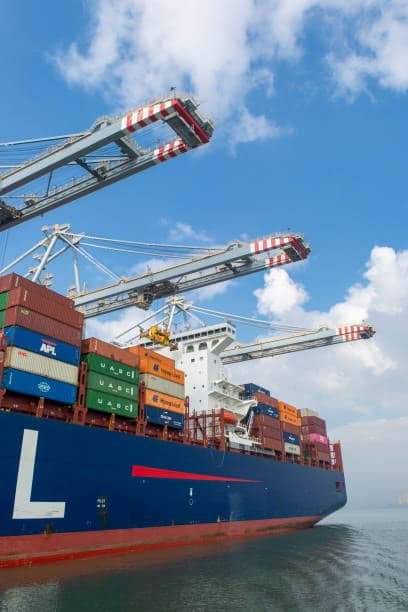
LCL shipping involves special issues that need to be handled in a proactive way. If goods have to be consolidated and deconsolidated, the supply chain may be slower. Shipping items ahead of time and keeping a surplus of inventory handles the increased delivery times.
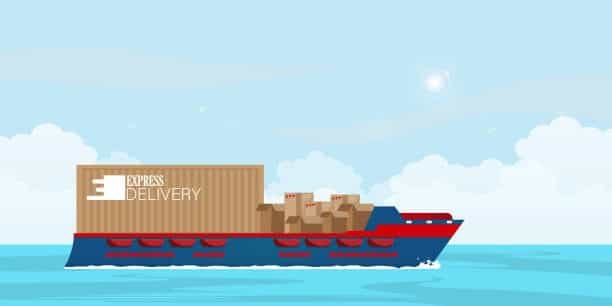
Freight can be damaged more easily because of being handled twice and being placed close to goods from other companies. Taking care of the packaging, showing how to handle goods well and getting sufficient insurance help decrease these risks. Problems with communication among various LCL shipment parties can be solved by having well-written documents, regular updates and dealing with freight forwarders who maintain effective ways to stay in touch.
Future Trends in LCL Shipping Industry
Advances in technology and alterations in the worldwide trade market keep propelling developments in the LCL shipping business. Booking has become much simpler, more open and much more satisfactory for customers due to digital platforms. Machines use AI and machine learning to improve how containers are loaded and anticipate when delays may happen.

As e-commerce expands, more people want their shipments delivered in smaller amounts and more often which line up well with LCL services. Applying automation to handling containers and processing documents leads to savings and better efficiency. More and more businesses are focusing on sustainability and green ways to ship by boat are becoming popular.
Selecting the Right LCL Shipping Partner
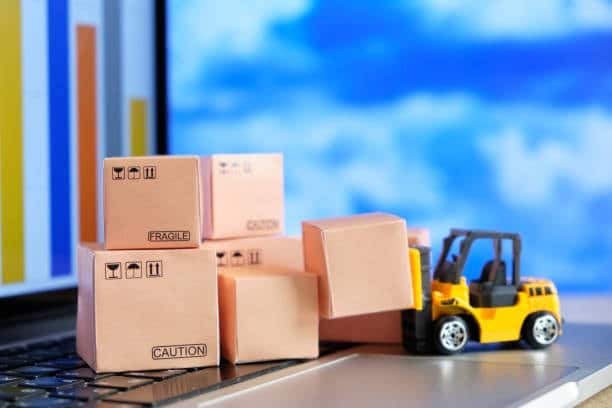
Picking the right freight forwarder for a LCL shipment means taking time to examine several important things. Shipment success strongly depends on the extent of service network coverage, scheduled sailings and the places ships can go. Being financially solid, having strong insurance and being well known in the industry helps build trust in the services.
A great service provider is one that provides advanced tech, offers quality after-sales support and charges open and straightforward prices. Special knowledge of cargo or global trade routes can make a difference for the customer. Certificates, qualifications and recommendations from other customers prove that a company is both reliable and qualified.
Conclusion
With LCL shipping basics, companies make better choices for transportation and improve the efficiency of their overseas shipments. Challenges in LCL shipping can be overcome by planning well and finding experienced partners which saves money. Because global trade keeps growing and e-commerce requires small shipments more often, LCL shipping will continue to be important for businesses looking for cost-effective and efficient transportation.

